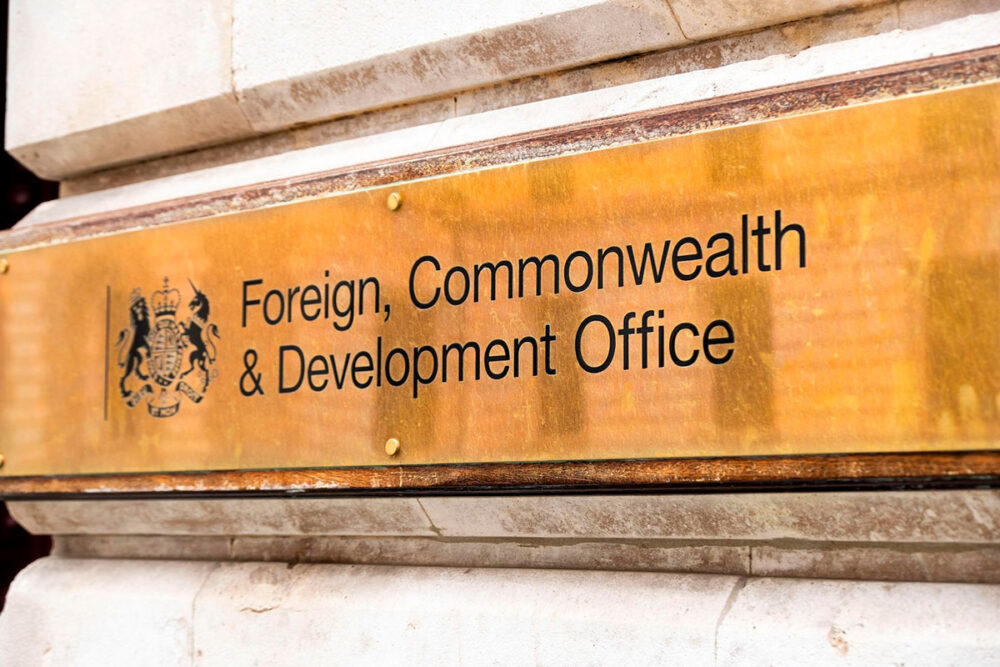The project to replace the UK’s ageing Anti Air Warfare capability, which is currently provided by the Type 42 destroyer, has suffered significant delays of over two years and costs have escalated to some £6½ billion, up by nearly 30 per cent from initial estimates of £5 billion. More recently, the project has progressed well, with key milestones, such as completion of sea trials, being met, according to a report released today by the National Audit Office.
Jump to downloadsThe problems arose because of over-optimism about what could be achieved, inappropriate commercial arrangements and, in the early stages, poor project management. The MOD has taken action to resolve these problems and in 2007 reviewed and renegotiated the ship contract with BAE Systems which subsequently merged with VT to become BVT. Since then, there have been no further cost increases or delays to the project.
The MOD has extended the service life of the older Type 42s because of the delay in bringing the Type 45 destroyers into use. The Type 45 destroyers will provide much more capability than the Type 42s. In addition to being able to engage multiple hostile aircraft or missiles simultaneously, they will have better accommodation for personnel, more fuel efficient engines and be able to operate the Lynx, Merlin and Chinook helicopters.
The Type 45 destroyers will be equipped with the new Principal Anti Air Missile System (PAAMS) which is being developed jointly between the French, Italian and British governments. Daring, the first ship of class, will enter into service with the PAAMS system performance having been tested elsewhere but before the missile is first fired from a destroyer the following year.
As part of the MOD’s plan to fit a number of equipments incrementally on ships after they have come into service, the full capability of the Type 45 will not be available until the middle of the next decade. These include the final elements of PAAMS, communications equipments and the Co-operative Engagement Capability which provides a clearer picture of the battle space and has a current target date of 2014 for installation.
"The early years of the Type 45 destroyer project were beset by problems. The Ministry of Defence is currently controlling costs and timescales successfully; but it now needs to focus on installing the other equipment the ships need to obtain their full capability and on getting to grips with developing an effective support solution to be ready in time to support these destroyers."
Tim Burr, head of the National Audit Office
Downloads
- 0809295es.pdf (.pdf — 220 KB)
- 0809295.pdf (.pdf — 694 KB)
Publication details
- ISBN: 9780102954685 [Buy a hard copy of this report]
- HC: 295 2008-2009


